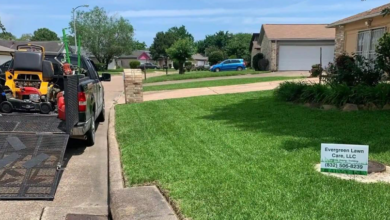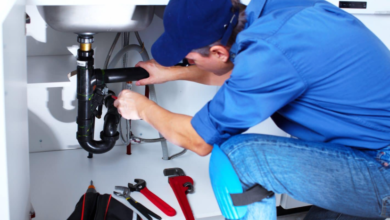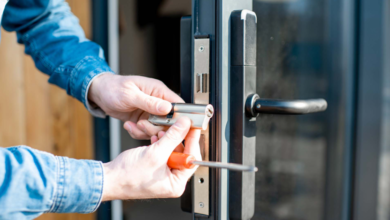Growing in Small Spaces: How to Container Garden Vegetables and Flowers

If you want to grow your own flowers and veggies but don’t have a lot of room, container gardening is a great option. You can grow a lush, productive garden in a container whether you live in an apartment with a small patio or a house with a small yard. This guide is for people who are new to container gardening and want to learn how to grow their own flowers and veggies at home.
Why Choose Container Gardening?
One of the main reasons people turn to container gardening is the convenience it offers. Containers make it easy to manage the growing conditions for your plants, giving you more control over factors such as soil quality, moisture, and sunlight. If you have limited space or poor soil, containers are a practical solution for growing a variety of plants, from vegetables like tomatoes and peppers to beautiful flowers like geraniums and petunias.
Another advantage is mobility. Containers allow you to move plants around to optimize sunlight exposure and create a more visually appealing layout in your garden. They can be placed on patios, windowsills, balconies, or even indoors, making it possible to grow plants in almost any setting.
See also: Finding Your Family’s Dream Home: A Comprehensive Guide
Choosing the Right Containers
It’s very important to pick the right pot for container gardening. You should choose a pot that is big enough to fit the plant’s roots and has good drainage so that the soil doesn’t stay soggy. You might want to use pots made of plastic, clay, or ceramic because they last a long time and keep out extreme temperatures.
For vegetables, opt for containers that are at least 12 inches deep to ensure the roots have enough space to grow. Shallow containers may be suitable for small herbs or flowers but won’t provide enough room for larger plants like tomatoes or carrots. Hanging containers are a fantastic option for plants like trailing petunias or strawberries. They are perfect for small spaces, giving your garden a vertical element while saving valuable floor space.
Preparing the Soil
Soil is a critical component in container gardening. Unlike traditional gardening, where the ground provides nutrients, containers require high-quality potting soil that drains well. Garden dirt can get packed down and stop water from draining in containers, so don’t use it. Instead, pick a good potting mix made for growing in containers. This kind of mix usually has a mix of peat moss, perlite, and compost. You can also add organic chemicals to help plants grow.
If you’re growing vegetables, look for potting mixes that are specifically formulated for edibles. These blends are rich in the nutrients needed for healthy vegetable growth. For flowers, a general-purpose potting mix should suffice, but adding a slow-release fertilizer will help keep them blooming throughout the growing season.
Watering and Feeding Your Plants
Your container garden will only do well if you water it the right way. If it’s hot outside, you’ll need to water your plants more often because containers dry out faster than yard beds. Don’t water too much, because that can lead to root rot. Instead, water deeply enough to reach the roots. When you water, make sure the top layer of soil dries out between times. Soil that stays wet for a long time can cause diseases.
It’s important to feed your plants often so they do well. Every couple of weeks, you might need to add fertilizer if you have certain plants. A balanced fertilizer that gives plants the nutrients they need to make food is especially good for vegetables. For flowers to bloom more often, a high-phosphorus fertilizer is often helpful.
Growing Vegetables and Flowers in Containers
Many vegetables thrive in containers, especially compact varieties. Herbs like basil, mint, and parsley are perfect for smaller containers and can even be grown on windowsills or balconies. For larger vegetables, consider growing dwarf or determinate varieties that have a smaller root system and won’t outgrow the container. Tomatoes, peppers, and lettuce are all great choices for container gardening.
Flowers are another excellent option for containers. Annuals like marigolds, geraniums, and petunias can add vibrant colors to your space, while perennials like lavender and daisies provide long-lasting beauty. Hanging containers are ideal for trailing flowers such as begonias and lobelia, which create beautiful cascading displays.
Conclusion
Though it may not take up much room, gardening in containers is a great way to get fresh veggies and flowers. You can make a beautiful garden by picking out the right containers, getting the dirt ready, and giving it the care it needs. Growing tomatoes on your patio or adding color with hanging containers are both easy and flexible ways to do container gardening. This makes it a fun and satisfying hobby for gardeners of all skill levels.




